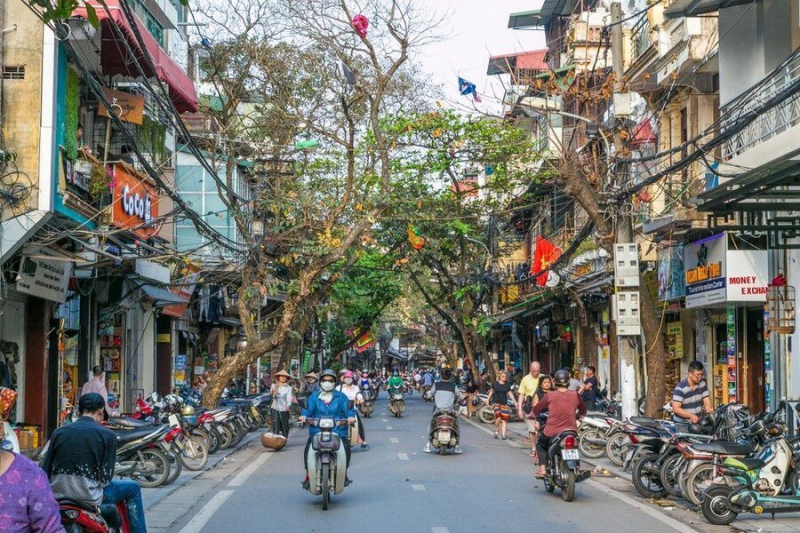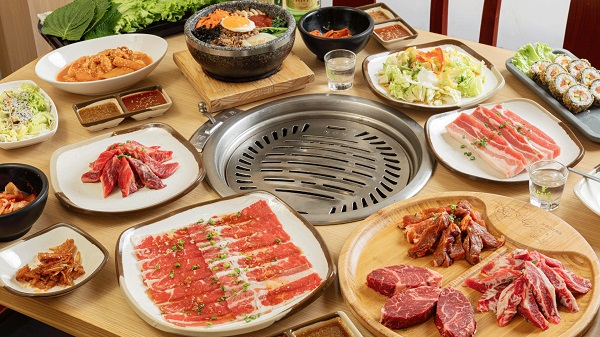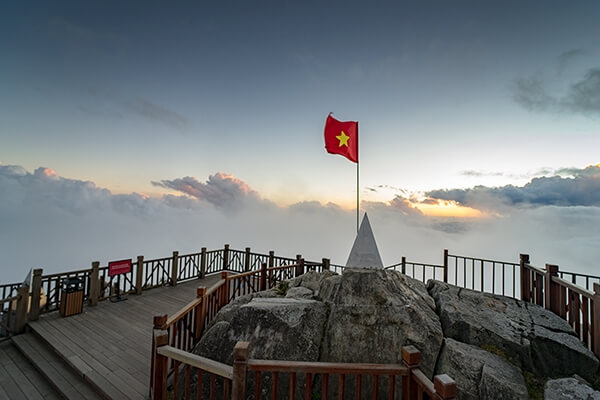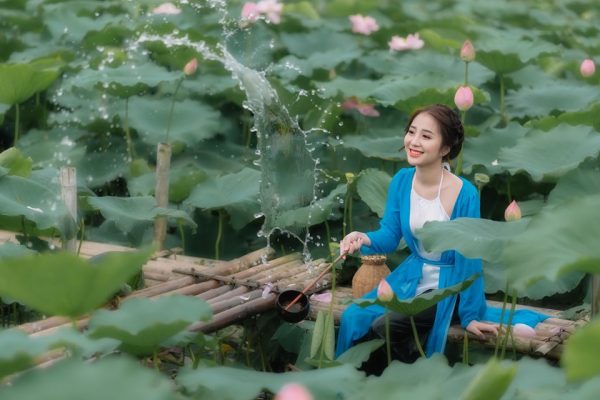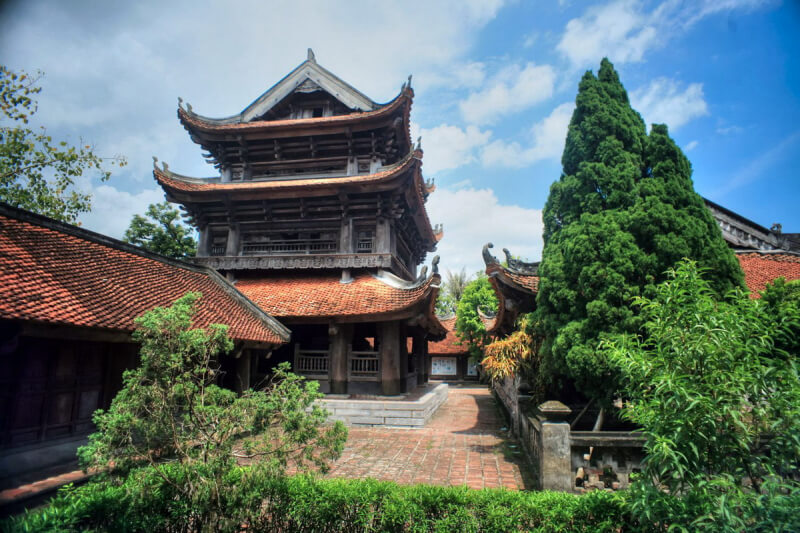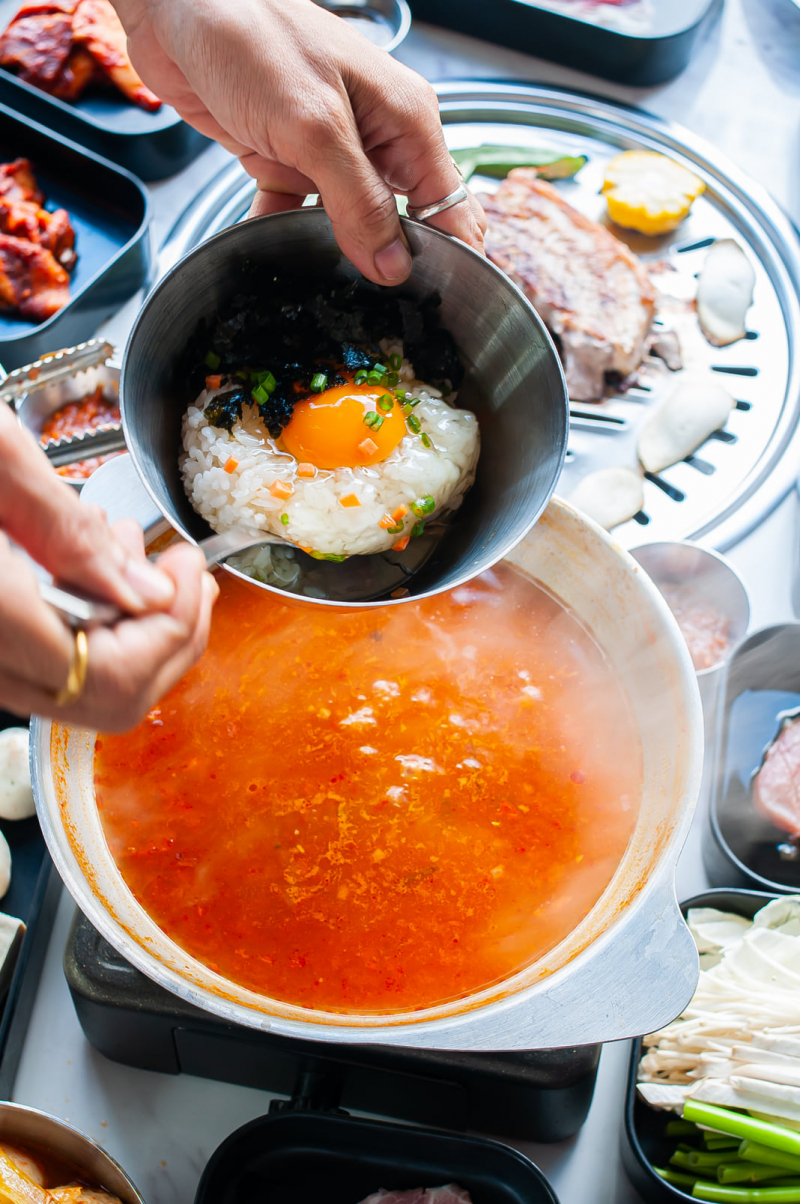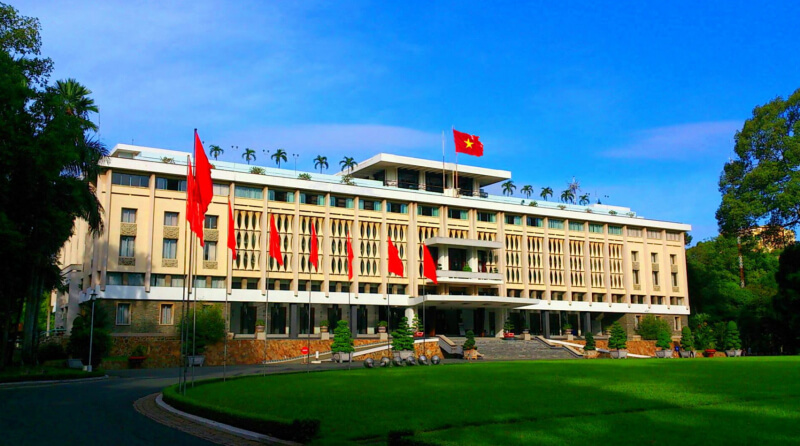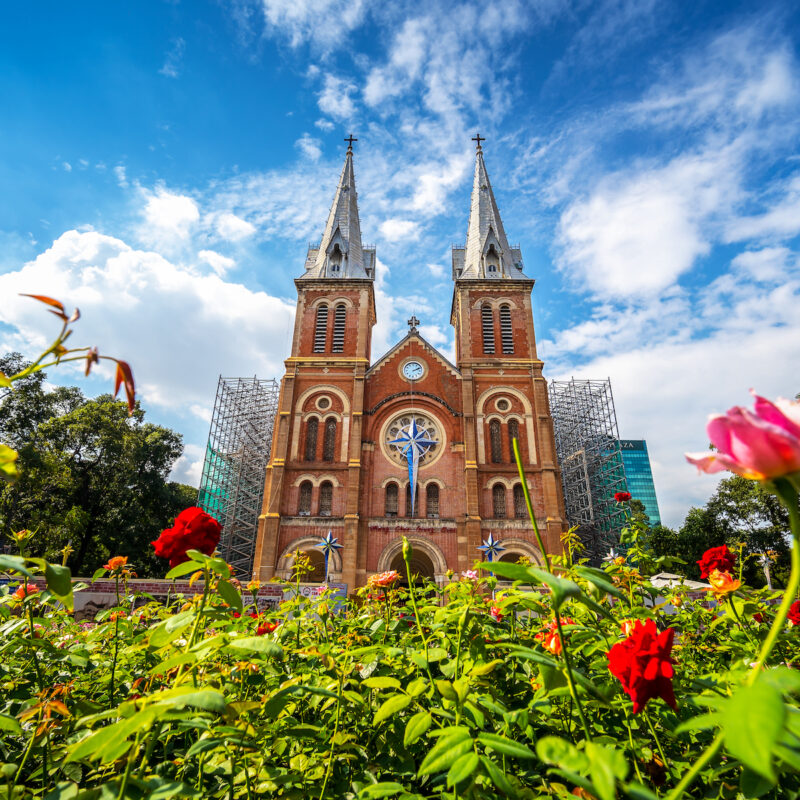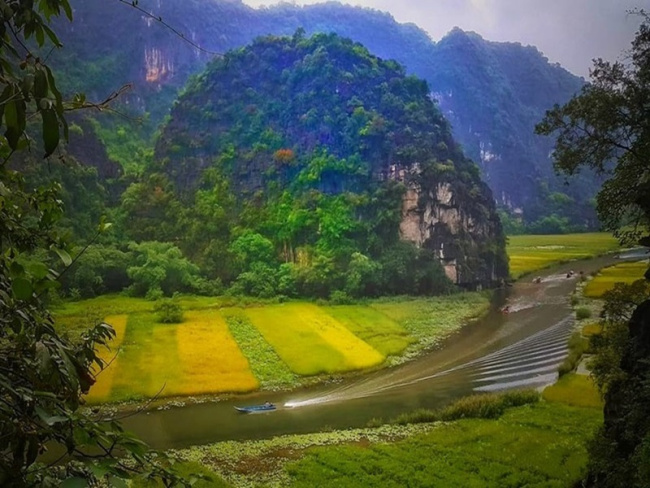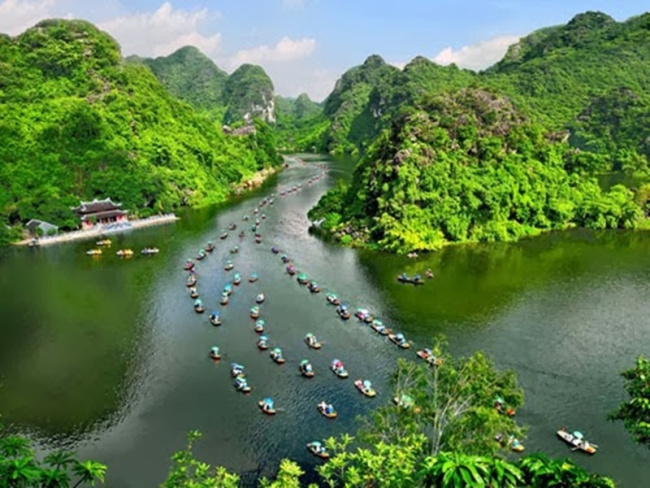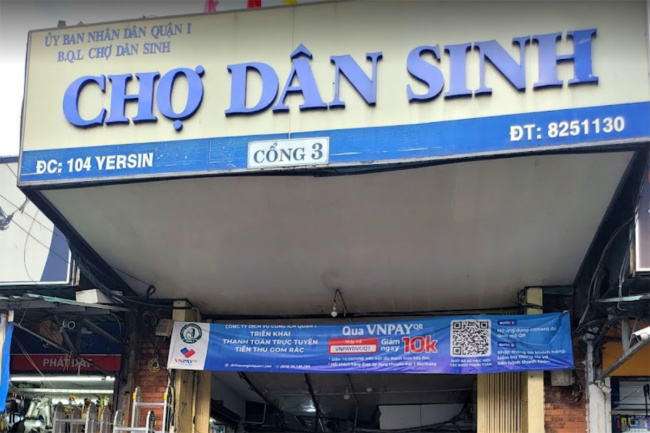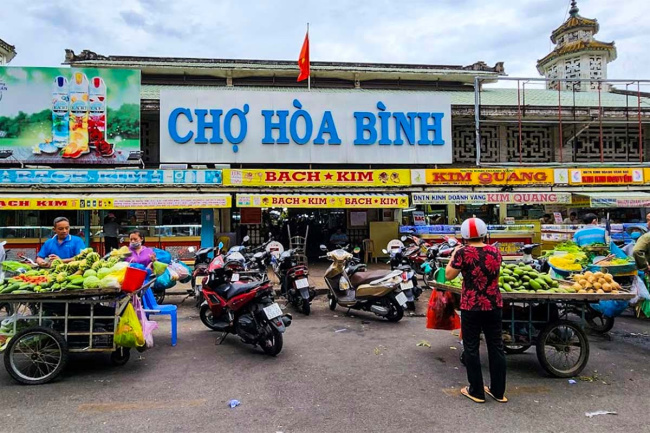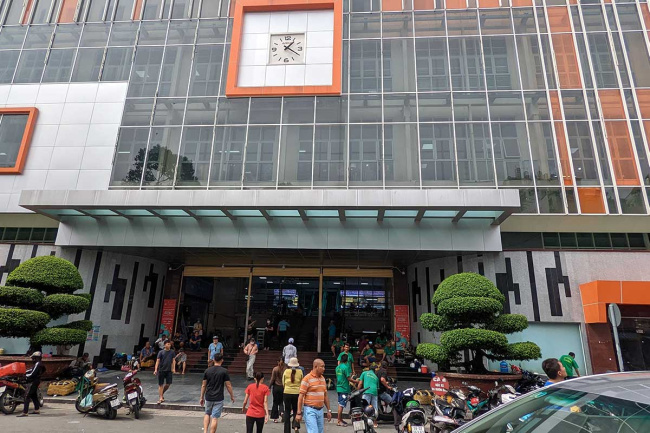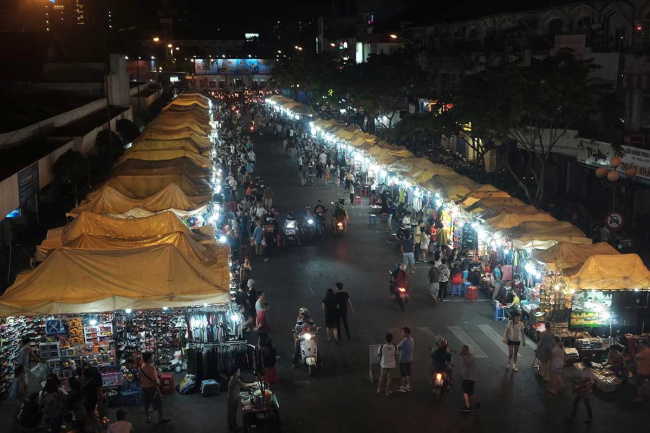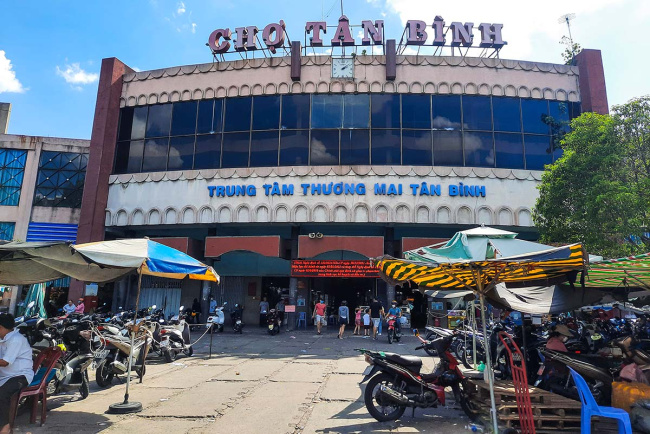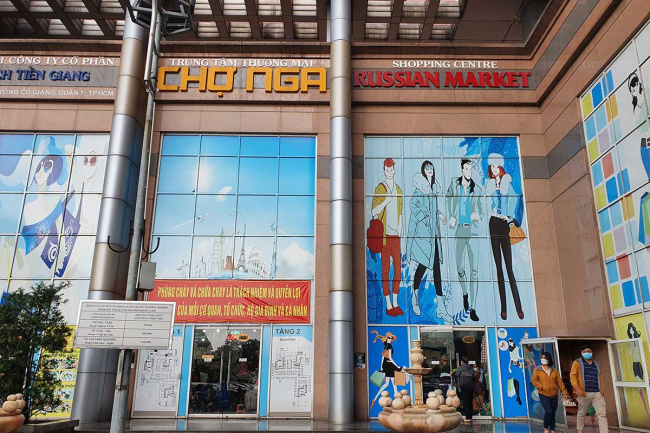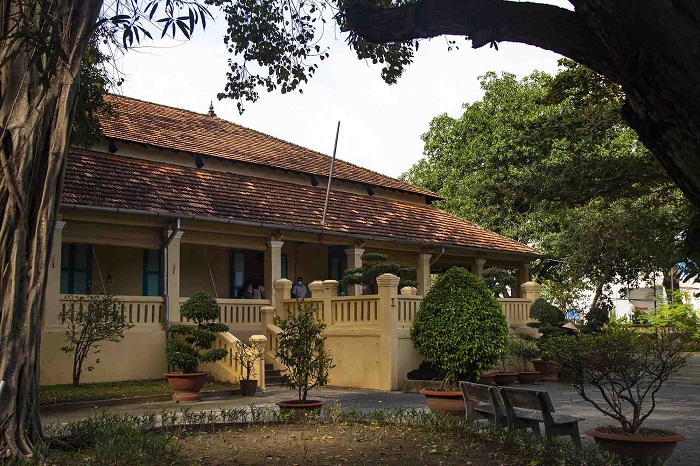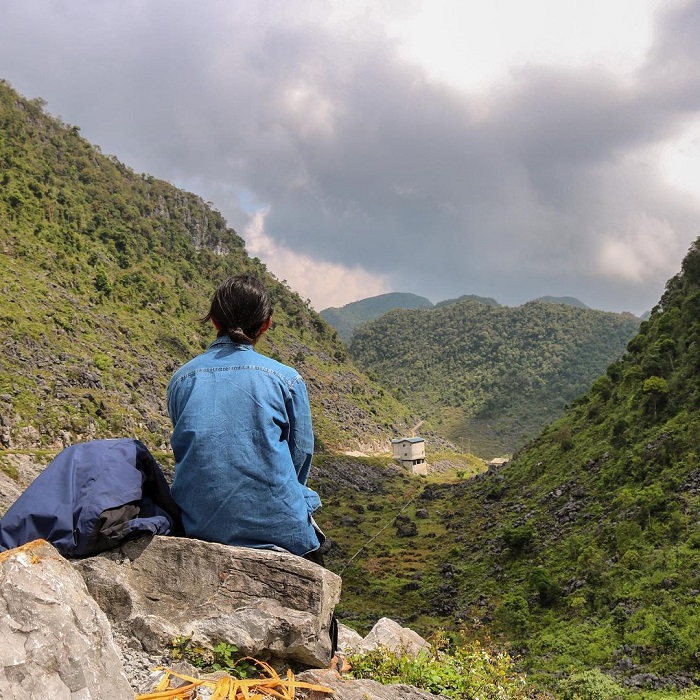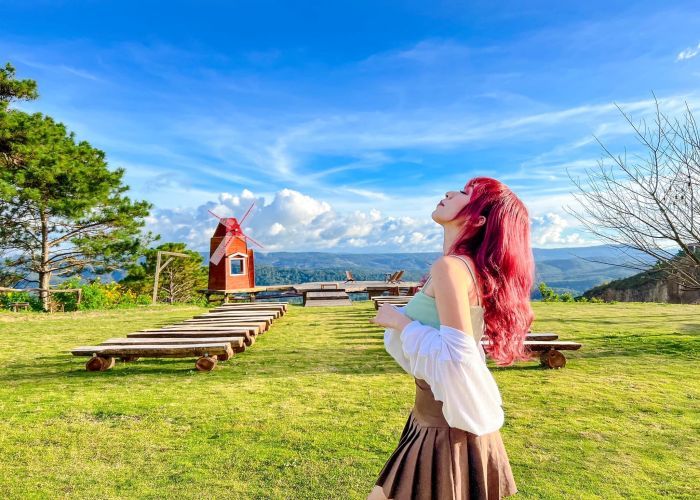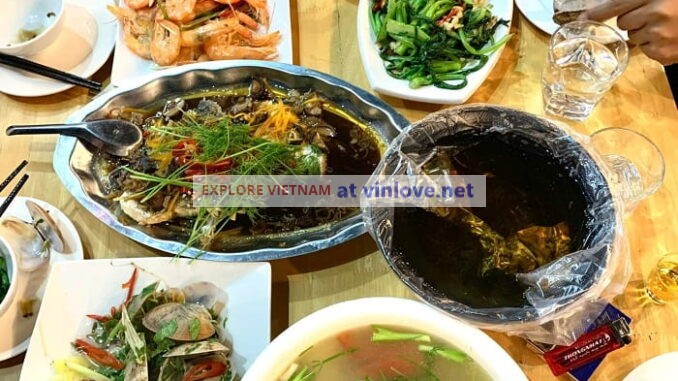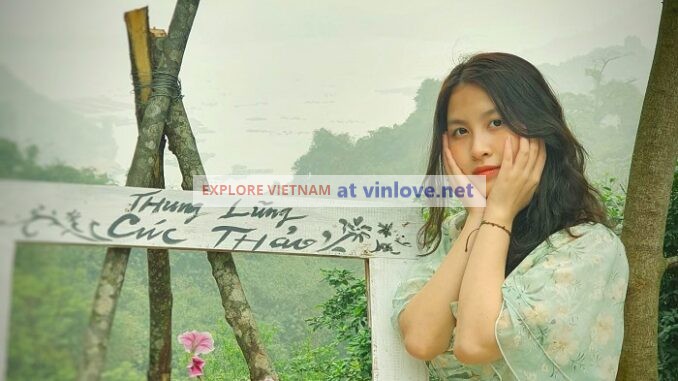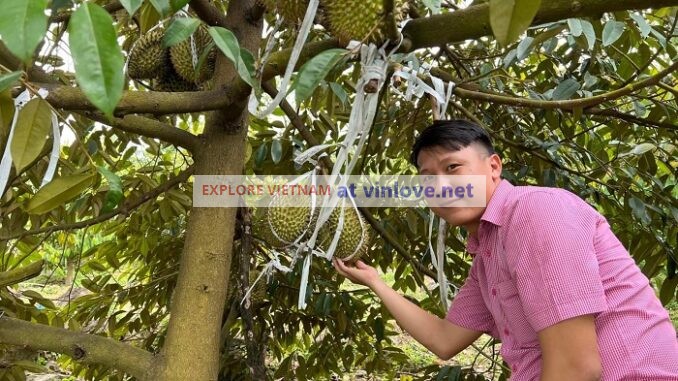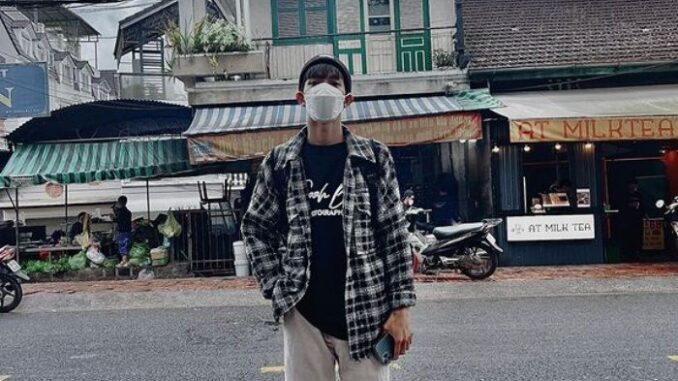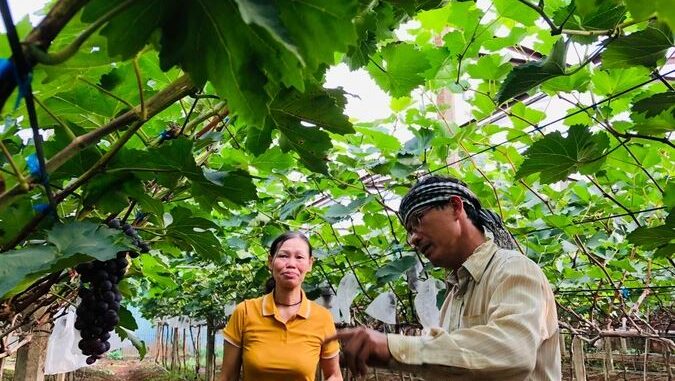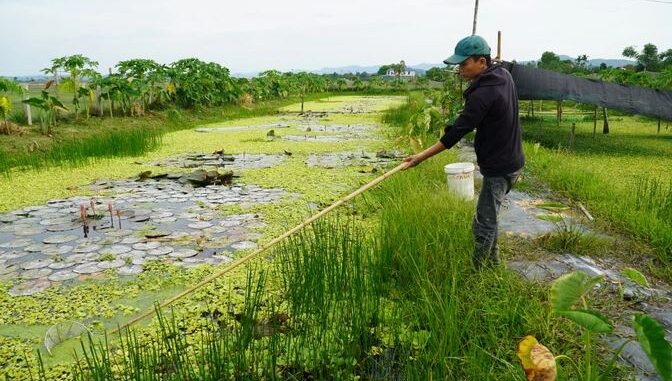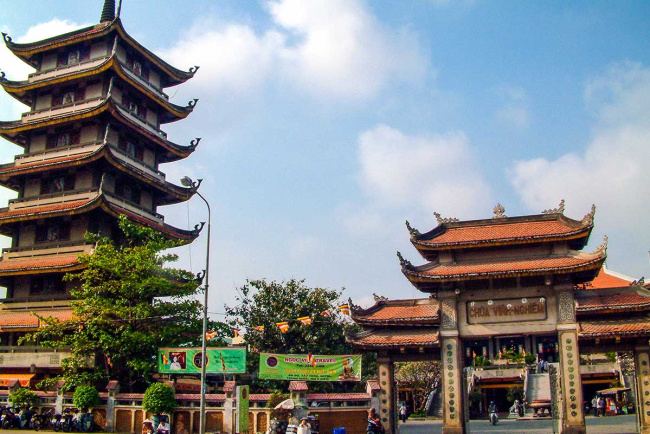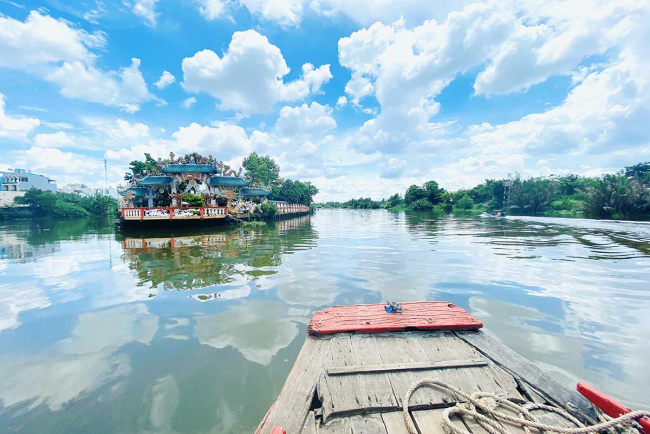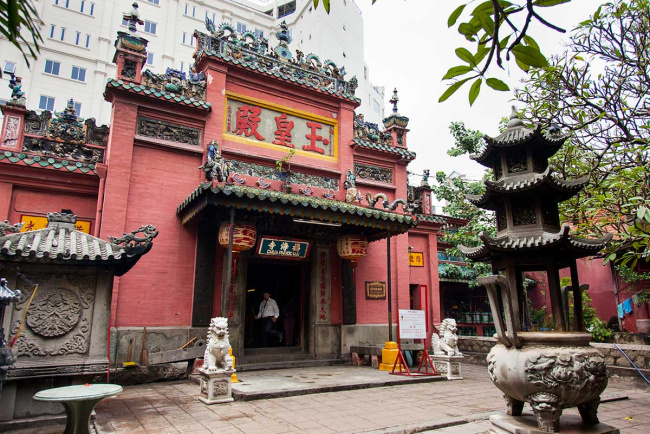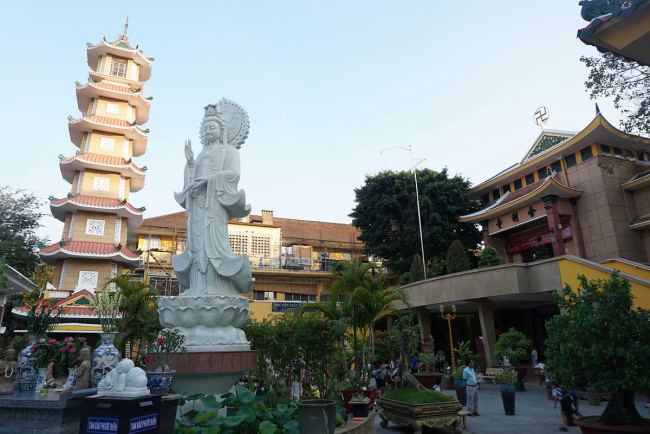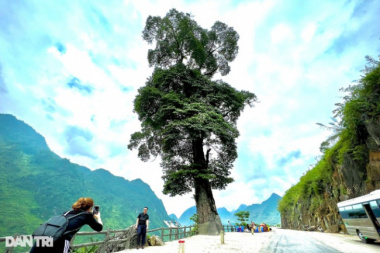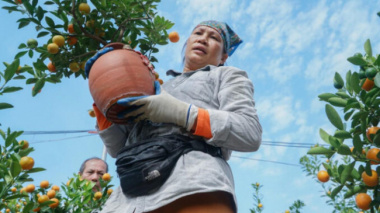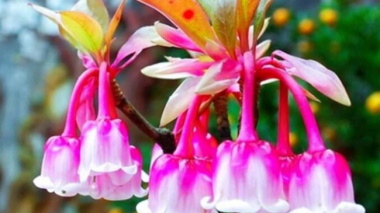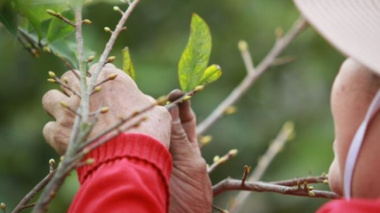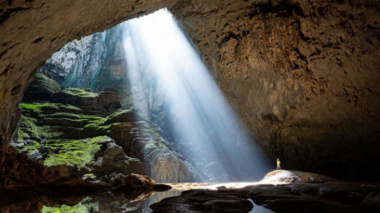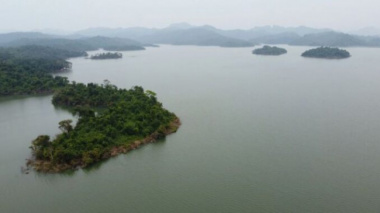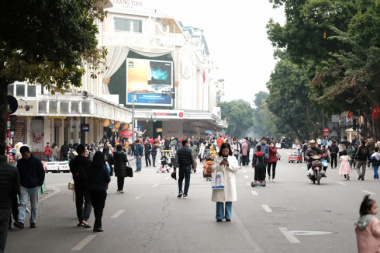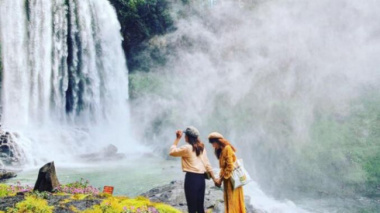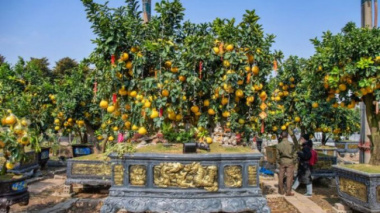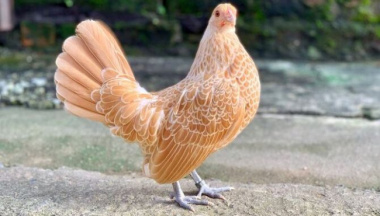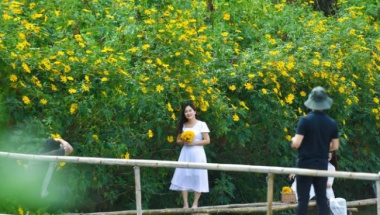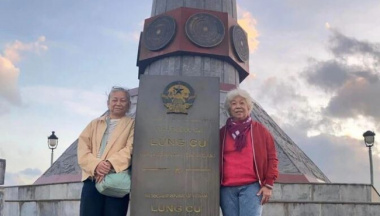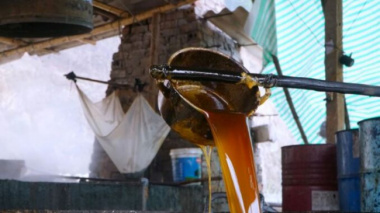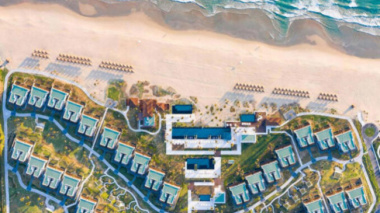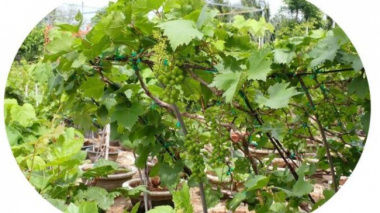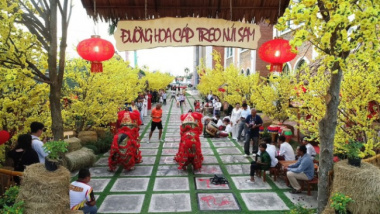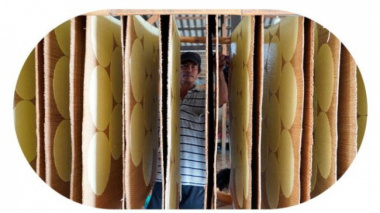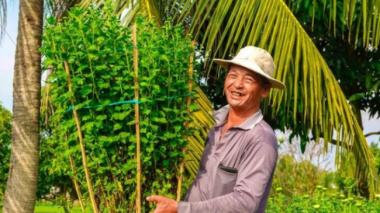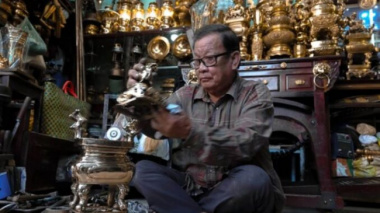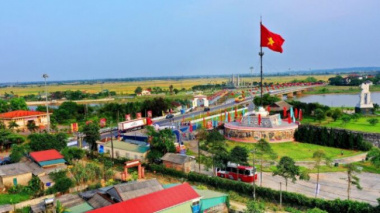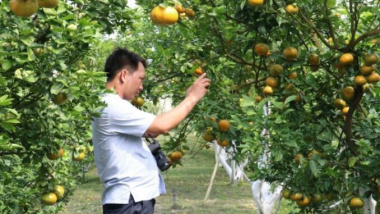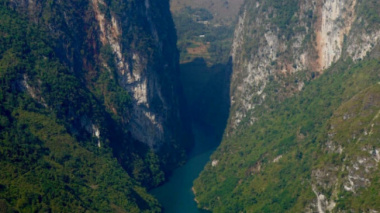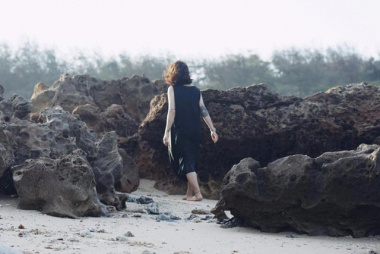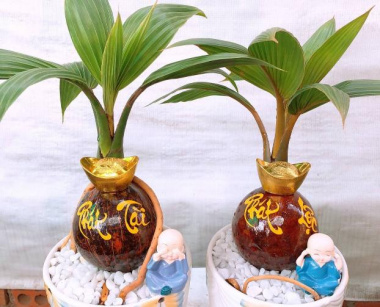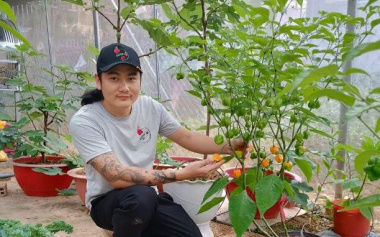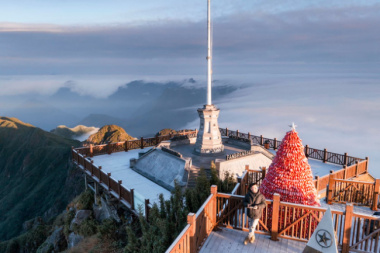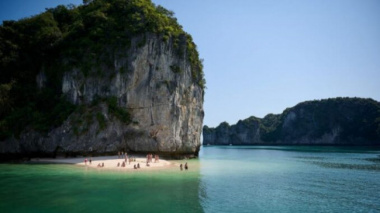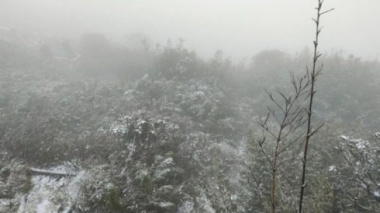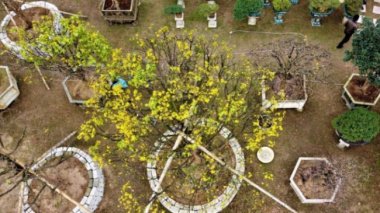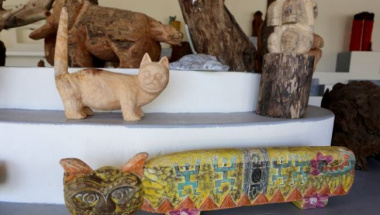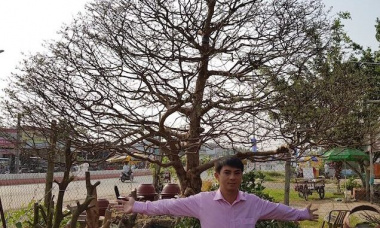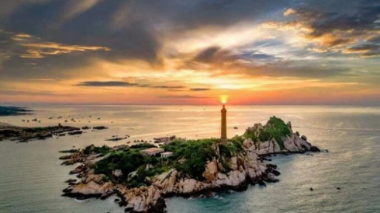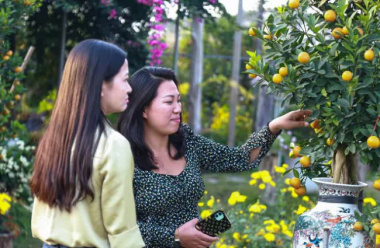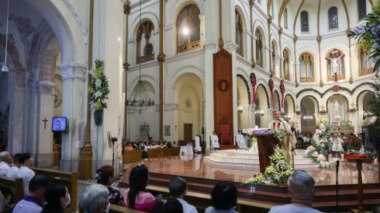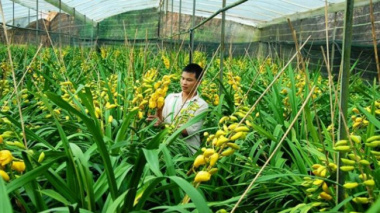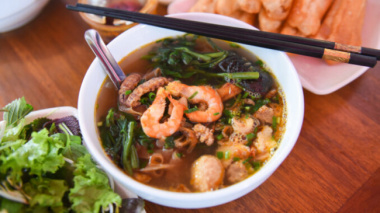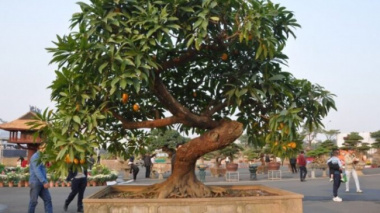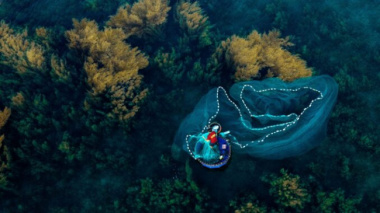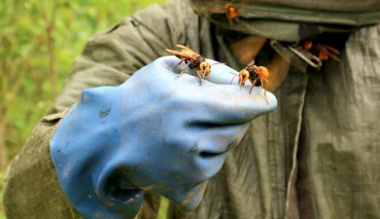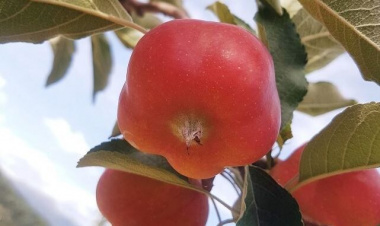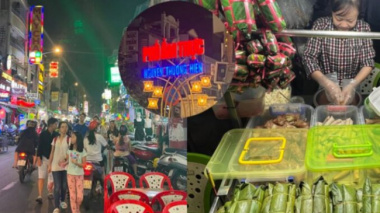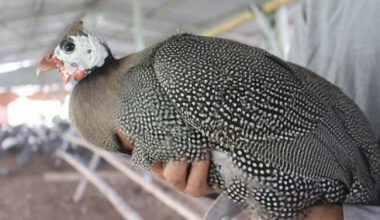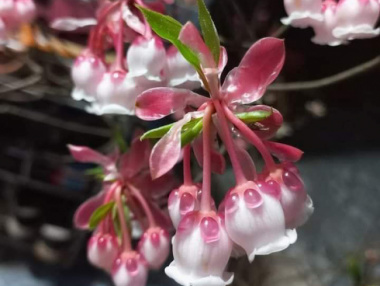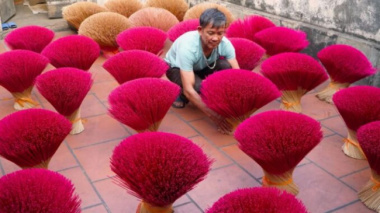Bac Kan Province, Vietnam
- How to Get to Bac Kan
- Capital City
- Famous Places in Bac Kan Province
- Ba Be District
- Cao Ky Commune
- Ngan Son District
- Main Attractions
- Ba Be National Park
- Kim Hy Nature Reserve
- Hua Ma Cave
- Tham Temple
- Puong Cave
- Special Events
- Activities near Bac Kan Province
- Latest in Bac Kan Province
- Ba Be National Park – Bac Kan Province
Situated at high altitudes in Vietnam’s Northeast Region, Bac Kan (Bẳc Kan) Province is one of the country’s lesser-known ecotourism destinations. Riddled with untouched landscapes, the province’s primitive forests harbor a network of mountains, hills, rivers, and waterfalls within them.
Rare species of flora and fauna thrive in these remote habitats in places like Ba Be National Park. Upheld by a strong ethnic community, many attractions in Bac Kan also revolve around the mountainous cultures and lifestyles of Northern Vietnam.
How to Get to Bac Kan
Bac Kan Province is landlocked and bordered only by Vietnamese provinces. With a mountainous landscape and primitive forests, Bac Kan’s topography is rich in mineral and natural resources. Much of the province’s economy relies on the production and exportation of various goods.

A riverside landscape in Ba Be National Park. Photo: Gavin White
Development of the region has led to deforestation, which makes protected areas like Ba Be National Park even more precious. The largest city in the province is the capital, which is also called Bac Kan. Although located in Northern Vietnam, it isn’t that far from the country’s capital city, Hanoi.
In fact, Hanoi sits almost directly 160km (100 mi) to the south of Bac Kan Province. Linked by national routes, traveling by road to the province from Hanoi takes less than 3 hours. In addition to buses, cars, and taxis, travelers can book a seat on a train to get to Bac Kan. Though during busy travel times, going by rail can take up to 4 hours.
History
Established in 1900, Bac Kan Province was previously occupied by French colonists. In 1895, after conquering much of the country, French forces arrived in Bac Kan, which was part of Thai Nguyen (Thái Nguyên) Province at the time. Five years later, under the order of the Governor-General of Indochina, a decree was issued to create Bac Kan Province from land in Thai Nguyen.
With the creation of the new province, the French were able to exploit the land and locals on a larger scale. Unhappy with the French, many of the people resisted the occupation. Leading small uprisings, Bac Kan has been well-known for its anti-French movements.

Ba Be Lake. Photo: NguyenTrung
In the 1940s, the province had small victories against the French as the people of Bac Kan fought to return the land. By 1949, the province was liberated from the French.
Decades after French colonization and the Vietnam War, the province set new administrative boundaries as various districts were separated or merged. Since the mid-1990s, the provincial boundaries have remained unchanged and Bac Kan has worked hard to preserve the local ethnic groups, culture, traditions, and landscape.
Fun Facts
- An estimated 95% of Bac Kan Province is forested.
- As of 2019, the estimated population of Bac Kan Province is 313,905 people.
- Key points of the economy in Bac Kan Province are mining, forest products, agriculture, and tourism.
Capital City
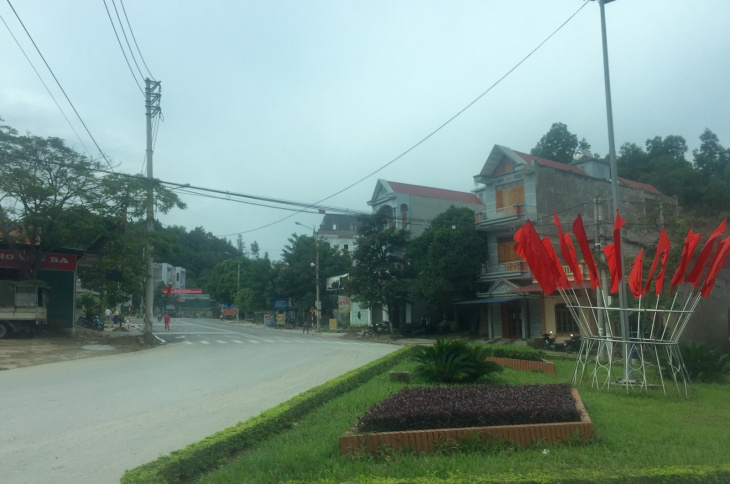
Bac Kan City. Photo:
Bac Kan is the only city in the province and acts as the capital. Built on the remains of an old fort, the city is divided into 6 wards and 2 communes. Sitting in the southern portion of the province and surrounded by a series of high peaks, the relatively flat landscape of the valley makes it easy to explore Bac Kan City by foot or bicycle.
Used mostly as a hub for business or transportation, tourism is still developing in Bac Kan City. Although the urban area is quite large, most of the attractions in the city are around the parks, markets, shops, and main boulevard. Tourists may also be interested in seeing the various temples or pagodas throughout the city too.
From Bac Kan City, travelers can head further into the province to wildlife areas like Ba Be National Park. Without any chain hotels or mega-resorts, travelers will have to stay in smaller accommodations when visiting Bac Kan City. Most of the accommodation options in town will be a bed and breakfast or a small boutique hotel-style establishment.
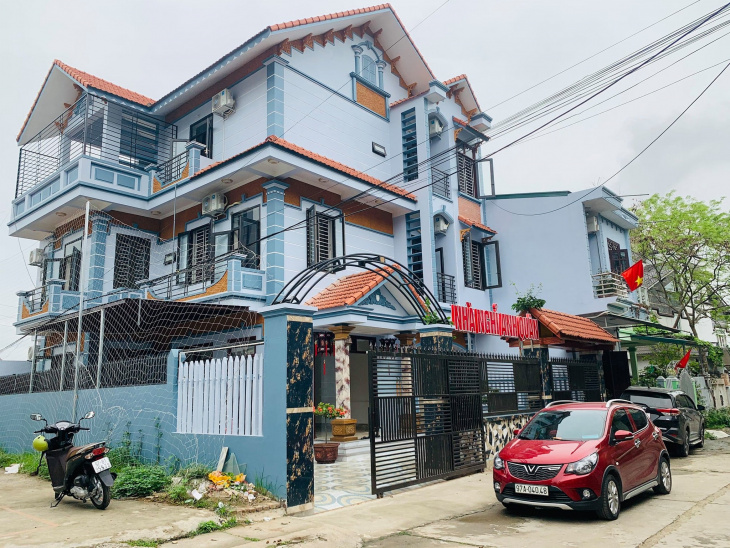
Nha Nghi Anh Quan. Photo: Nhà nghỉ Anh Quân
Away from town, there are several homestays where tourists can escape the city noise to relax in the verdant countryside. The best places to stay in and around Bac Kan City are Nha Nghi Anh Quan, Nha Nghi Phuc Anh, Ba Be Green Homestay, and the Tran Xuan Homestay Ba Be.
In tune with the local vibe, restaurants in the city excel at preparing traditional Vietnamese cuisine. From hole-in-the-wall eateries to fine dining establishments, travelers can choose from a variety of quality restaurants. A few of the highest-rated in Bac Kan City are Le Jardin Bac Kan, Nha Hang La Co Bac Kan, Pho Ly Quoc Su, Nha Hang Cay Me, Nha Hang Bac Kan, and the Avatea Bac Kan.
Famous Places in Bac Kan Province
Unlike some areas of Vietnam where the cities are the main attractions, most travelers in Bac Kan Province will head away from the urban areas to explore the quieter communities. Often surrounded by amazing landscapes, some of the places that have become tourist destinations in Bac Kan are the Ba Be District, Cao Ky Commune, and Ngan Son District.
Ba Be District
The most famous attraction in Bac Kan Province is Ba Be District. Home to the Ba Be National Park and Lake, this underrated destination is gaining momentum as more and more tourists flock to the area each year. A rural district, travelers will have to rely on the local communities for accommodation, food, and amenities.

Ba Be Lake. Photo: Rod Waddington
One of the quieter places to stay that sits near Ba Be National Park is the Pac Ngoi Village. Inhabited by the Tay ethnic people, travelers can stay overnight and learn to cook traditional meals with local families.
Cao Ky Commune
One of the older areas in the province is Cao Ky Commune. Settled before the Ly Dynasty, the commune’s main attraction is the Thach Long Pagoda. Built into the mountain, caverns have been separated into various halls and chambers. Outside, parts of the pagoda emerge from the rocks to form an Amphitheater and entryway.
At the pagoda, tourists can visit the cave and pay their respects to the Buddha Shakyamuni shrine.
Ngan Son District
Considered a natural relic by the local government, Ngan Son District features a diverse landscape with various mountain peaks, low-lying valleys, and tranquil rivers. One place in the district that tourists gravitate to is Na Khoang Waterfall, which sits at the base of Deo Gio.
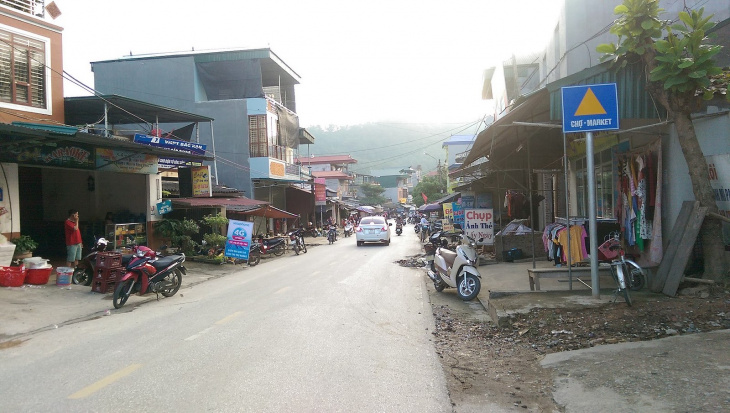
Na Phac Town – Ngan Son District. Photo: Gió Đông (thảo luận)
Cascading into an area that splits to form two streams, the falls have four levels before pooling and flowing into the Ban Mat Stream. Local guides can take visitors to the falls and show them around the lake and streams. Additional attractions in the district include local villages and a hydropower project.
Main Attractions
Further enhancing tourism in the province are the natural attractions that can be found throughout Bac Kan. One of the most famous areas in the province is Ba Be, which includes a national park and lake. Other attractions are the Kim Hy Nature Reserve, Hua Ma Cave, Tham Temple, and the Puong Cave. All are open to tourists with the option to visit with or without a local guide.
Ba Be National Park
Unforgettable, but often overlooked, Ba Be National Park protects the country’s largest lake as well as numerous ethnic communities. Landscapes in the national park stretch from limestone mountains to green valleys, deep caves, and hidden waterfalls. Ba Be Lake is the most visited feature in the national park.

Dau Dang Waterfall. Photo:
Visitors can also boat to unique destinations like the An Ma Temple or Fairy Pond. Moreover, there are two waterfalls in the park, Dau Dang and Thac Bac, as well as Hua Ma Cave.
Most Ba Be National Park visitors stay in the villages, which are within or close to the main entrance. Homestays provide an excellent opportunity for tourists to experience the ethnic culture and lifestyle. Many locals offer guide services to take visitors into the national park. However, guides are not required in Be Ba, as the national park is open to anyone.
Kim Hy Nature Reserve
Another protected natural area in Bac Kan Province is Kim Hy Nature Reserve. Covering more than 54 sq mi (14,000 hectares), the reserve is home to some of the province’s most unique flora and fauna. Rare species at the reserve include the white-cheeked langur and squirrel monkeys. To visit the Kim Hy Nature Reserve, travelers will have to go to Cao Son or Con Minh Commune.
Hua Ma Cave
Located in Ba Be National Park, Hua Ma Cave is considered to be one of Northern Vietnam’s most intact systems. Dropping from the ceiling are impressive formations of stalactites and on the floor, a local stream cuts through the various caverns. The main cavern has been developed for tourism, so travelers can explore the entrance and cave edges.
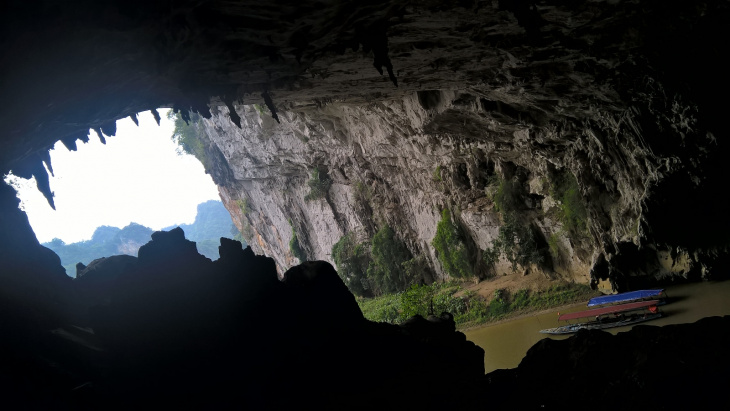
Hua Ma Cave. Photo: NguyenTrung
Other parts of the cave remain untouched and are unsafe for tourists to enter. Tours of the cave are popular amongst tourists, especially as some operators include excursions to additional attractions in the area.
Tham Temple
Restored over the years, Tham Temple is a small complex where locals worship Buddha. Located in Cho Moi Town, the temple includes a few halls, shrines, and gardens. As a spiritual destination, many visitors will take a pilgrimage to visit the temple. The busiest time of year for the temple is during the spring months, just after the Lunar New Year.
Puong Cave
Another underground area in the national park that’s become a destination in its own right is Puong Cave. Outside of Cho Ra Town, tourists can head to Puong Cave, which sits under a limestone mountain called Lung Nham. A large cavern marks the entrance, but smaller chambers in the cave boast an impressive array of stalactite formations.
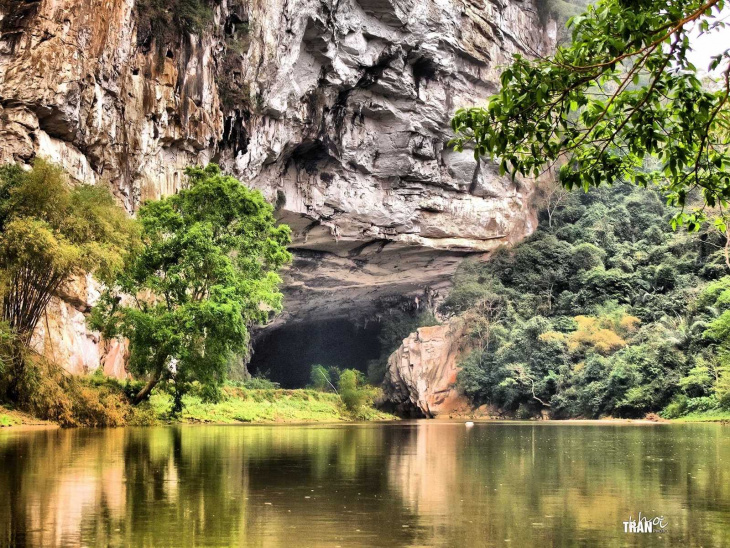
Entrance to Puong Cave. Photo:
The Nang River flows through the cave, which gives tourists the opportunity to tour Puong by boat. Although there aren’t many life forms in the cave, a large colony of bats can be found living on the ceilings.
Special Events
Celebrating the new year and honoring the ethnic cultures, the Ba Be Spring Festival is the province’s largest celebration. Held before the 10th day of the new year, the festival is a time for locals, nationals, and foreigners to gather. Beginning with a gifting ceremony, the festival asks that every town bring a gift to the God of the Mountains, Rivers, and Lakes.
In return, the gods will grant a year of abundant harvests. Activities during the festival include boat racing, archery, dances, martial arts, and religious ceremonies. Khua Quang wine is served as well as a variety of baked goods like the Forest Cake, Nep Cake, and Sky Cake. The biggest celebrations occur in Ba Be District around Ba Be Lake, while others occur in Bac Kan City and smaller communes.
Weather
There are two weather seasons in Bac Kan Province: wet and dry. Similar to most of Vietnam, the rainy season falls from May until September and brings with it humidity and high temperatures. October tends to be a period of transition before the cool temperatures and dry weather settle in for the winter. November to April are the months when there’s little rain in the area.
Perhaps to a surprise, most tourists will visit Bac Kan Province during the summer as they use Ba Be Lake to cool off. However, tourists who want to tour the caves or take epic treks through the province are best waiting until the dry season. Many caves will flood in the summer months due to the rain and trails may be closed for safety.
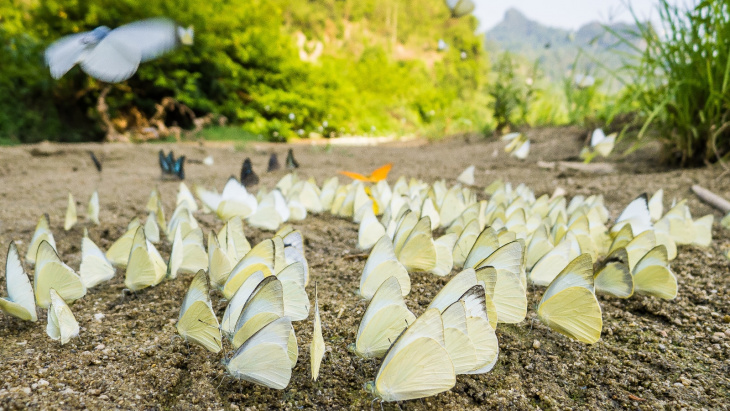
Butterflies covering a roadside in Ba Be National Park, Bac Kan Province, Vietnam. Photo by: Gavin White.
As a province that is dominated by remote landscapes and untouched wilderness, Bac Kan is waiting for its chance to shine in the spotlight. Well-known amongst local tourists, international travelers have yet to crowd the area. For now, this is a major benefit for most tourists as it ensures that they won’t have to fight the crowds to see the province’s best features.
However, with word spreading about the province and its stunning landscapes, Bac Kan is well on its way to becoming one of Vietnam’s top tourist destinations.
Activities near Bac Kan Province
National Parks:
Towns:
Latest in Bac Kan Province
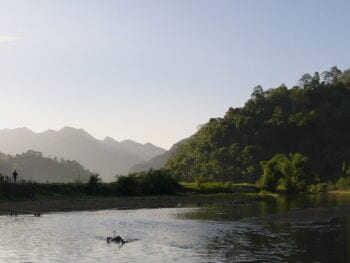
Ba Be National Park – Bac Kan Province
Protecting Vietnam’s largest lake and multiple ethnic communities, Ba Bê National Park puts visitors up close…
View more Bac Kan Province articles
Đăng bởi: Quân Trần


